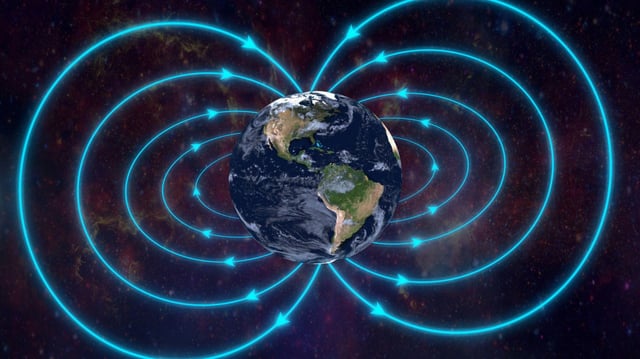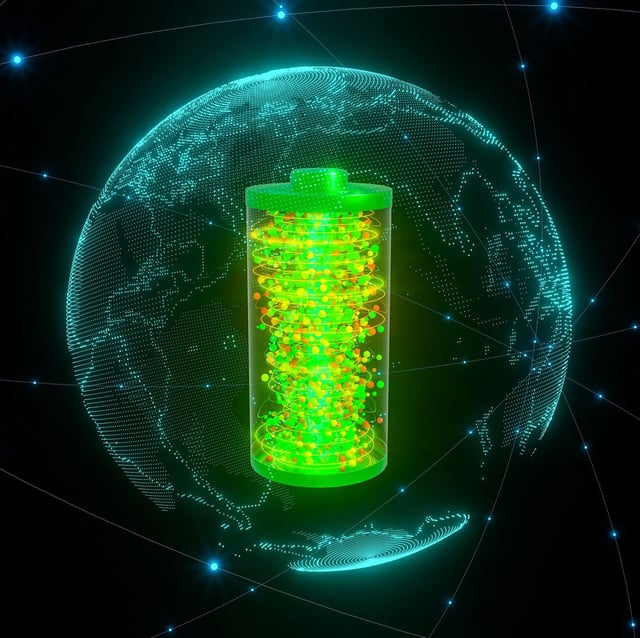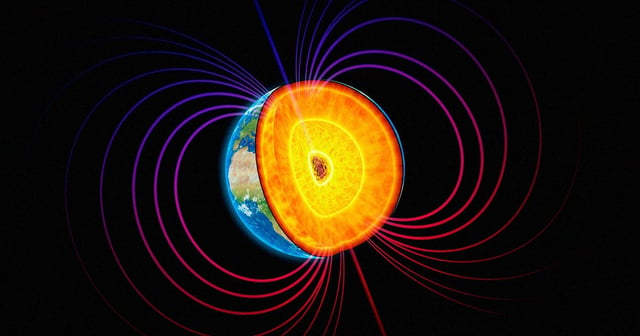Overview
- A team of researchers demonstrated a device that generates electricity using Earth's rotation and magnetic field, producing 17-18 microvolts of voltage.
- The device, made of manganese-zinc ferrite, exploits a theoretical loophole in conventional physics to overcome long-standing assumptions about electricity generation in stationary conductors.
- The findings challenge established principles in physics but require independent verification to confirm their validity and eliminate potential alternative explanations.
- Experts remain divided on the practical implications, with some expressing skepticism about scalability and the small voltage produced by the device.
- If scalable, the method could provide a renewable energy source but would draw from Earth's kinetic energy, potentially slowing its rotation over time, albeit minimally.



